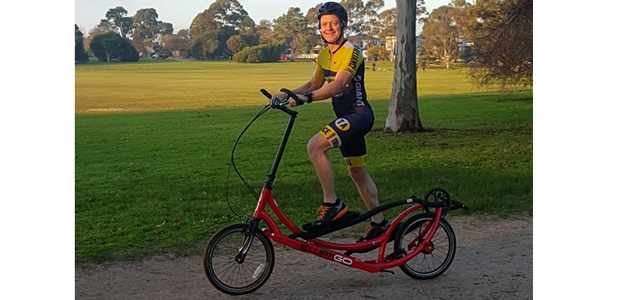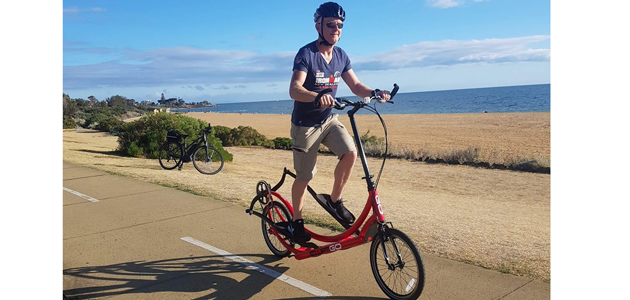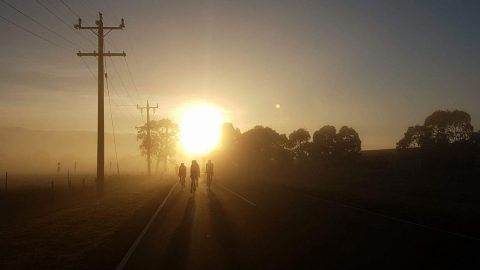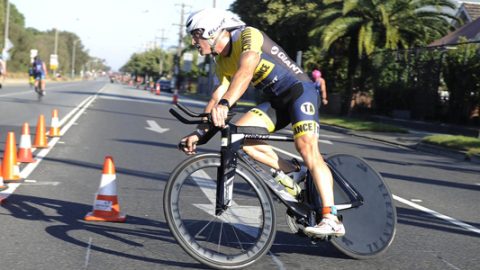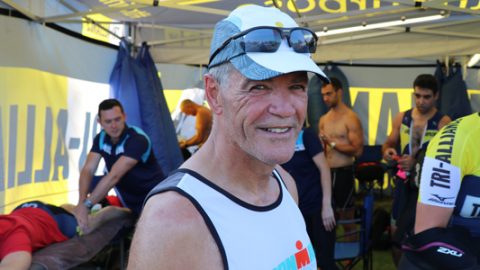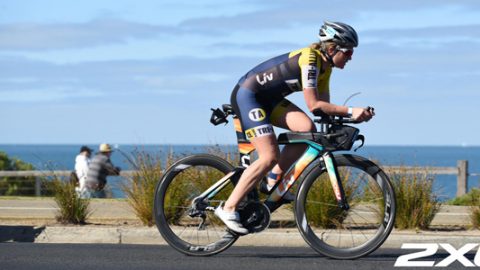What was your last race and how did you feel afterwards?
I recently completed my 8th full distance Ironman in Taupo NZ. It was an amazing day, achieving a number of long term race goals, while being immersed in an incredibly supportive atmosphere in a beautiful location. But as any athlete who’s pushed hard in a race knows, my post-race high was offset by suffering that unforgettable feeling of post-race DOMS (Delayed Onset Muscle Soreness), which had me hobbling around for more than a week.
What recovery methods have you tried in the past?
After one Busselton race I tried doing nothing at all, and initially it felt good to have a break. However in the weeks that followed, rather than improving, the muscles tightened up more, I started feeling sluggish, and mentally I felt I was losing all the fitness I’d worked hard to build. It was then hard to start all over again.
After a different Busselton race, I instead tried maintaining a high level of activity through to the next Ironman in Cairns. This didn’t work either as I almost burnt out and felt mentally and physically exhausted leading into that next race.
After years of experimenting, I found the best form of recovery was “active recovery”, i.e. keeping the body moving while avoiding high impact and large volumes. In the past, this would have involved progressively returning to swimming, then riding, then jogging over a few weeks. However, to avoid mental fatigue, active recovery would ideally involve a different type of activity.
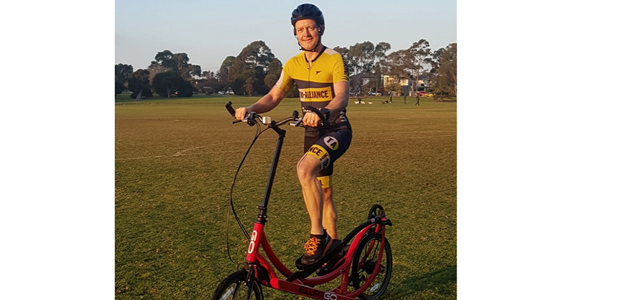
What did you do differently this time?
A week after completing my NZ race, Monika and Lexi from ElliptiGO Experiences introduced me to the ElliptiGO. The best way to describe it is as a cross between an elliptical trainer and a bike. The motion is similar to running, but importantly there is zero impact, and it’s much more motivating than being stuck inside on a stationery trainer.
How did the ElliptiGO help?
Despite having sore, screaming quads after the race, the ElliptiGO allowed me to return to a running motion within a week, whilst avoiding the painful impact of normal running. The ElliptiGO is extremely versatile in that you can pinpoint (or alternatively avoid) certain muscle groups just by changing your stance e.g. quads, hamstrings, calves and glutes.
As my quads and glutes were incredibly sore, I could change my stance on the ElliptiGO to avoid using them and instead favour the calves and hamstrings. And since the ElliptiGO is geared like a bike, I could also work in an easier gear / higher cadence, which made it easier on the legs. As my legs began to recover over time, I gradually changed my stance again to incorporate more quad and glute work.
Over the next couple of months, I started to return to moderate training loads, and I was able to use the ElliptiGO in two more ways. Staying at a higher cadence but pushing even harder gave me a high intensity cardio session, bringing with it the accompanying high heart rate and heavy breathing! But then dropping to a lower gear also gave me a low-cadence strength session with the associated muscle-burn, again without any joint impact.
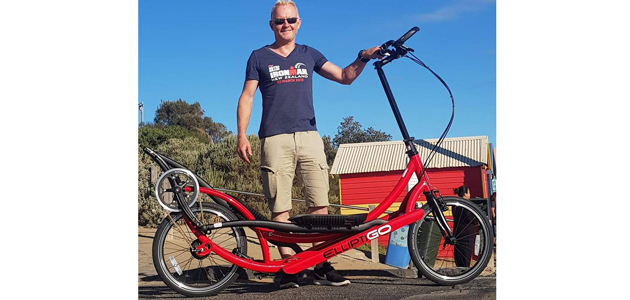
Was it easy to learn?
It only took a short lesson in the car park, followed by a 1-2km practice the next day on my own and by then I felt proficient. In fact, so much so that the day after I adventured out on a 40km ride.
Who would you recommend the ElliptiGO to?
Any athlete who is recovering from a race, or is recovering from injury, would benefit hugely from using the ElliptiGO due to it having a running-like motion with zero impact.
However as I found out, it doesn’t need to stop there. Beyond simple recovery, the ElliptiGO is a versatile fitness machine in its own right. Athletes looking to return to their normal levels of training would find a lot of value in the versatility of being able to do both strength and cardio workouts on the ElliptiGO. And for those endurance athletes in the peak of their build and having high training loads, the ElliptiGO easily substitutes for recovery run sessions.
But other than that, it introduces some great variety into training programs, and importantly, it’s also a lot of fun (especially overtaking cyclists)!
I highly recommend chatting to Monika or Lexi at ElliptiGO Experiences, or quickly jumping on board one of the upcoming Tri Alliance ElliptiGO training sessions as spots are limited.
